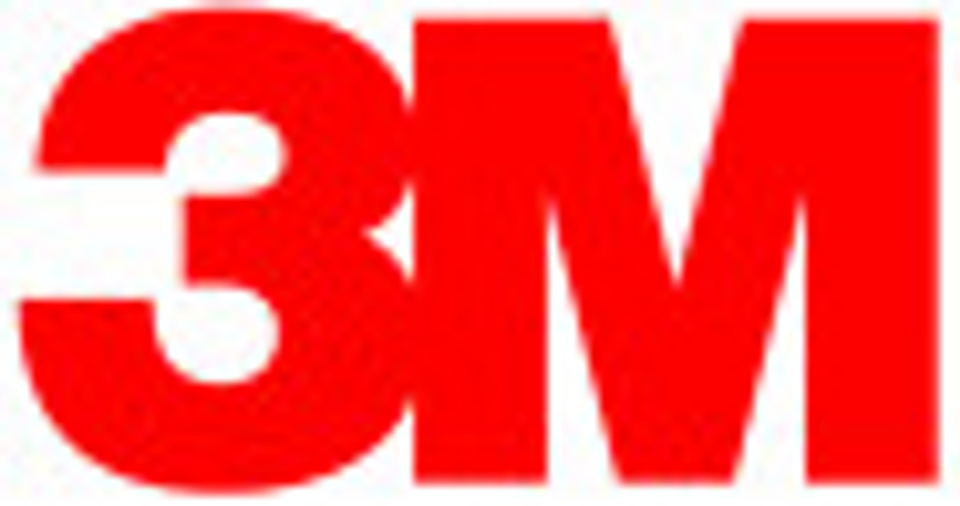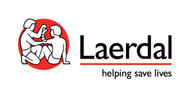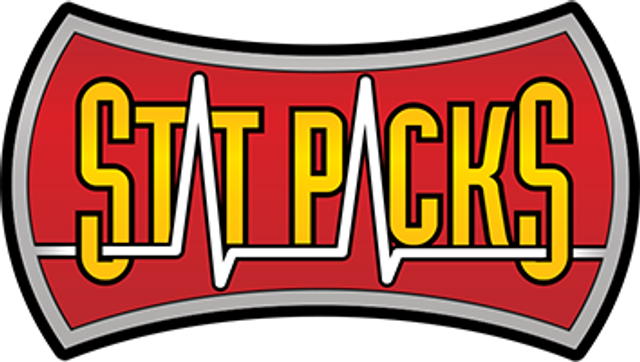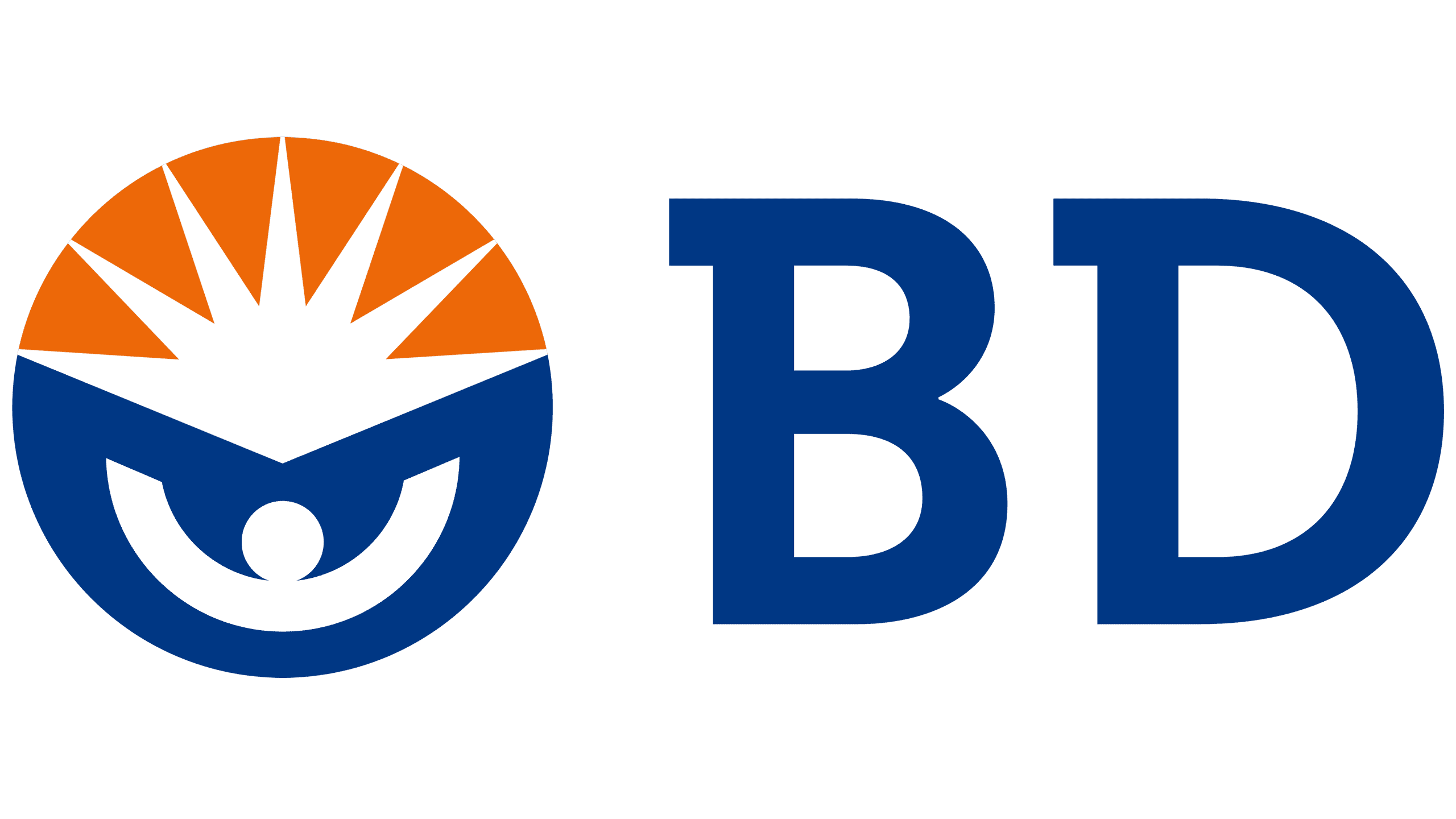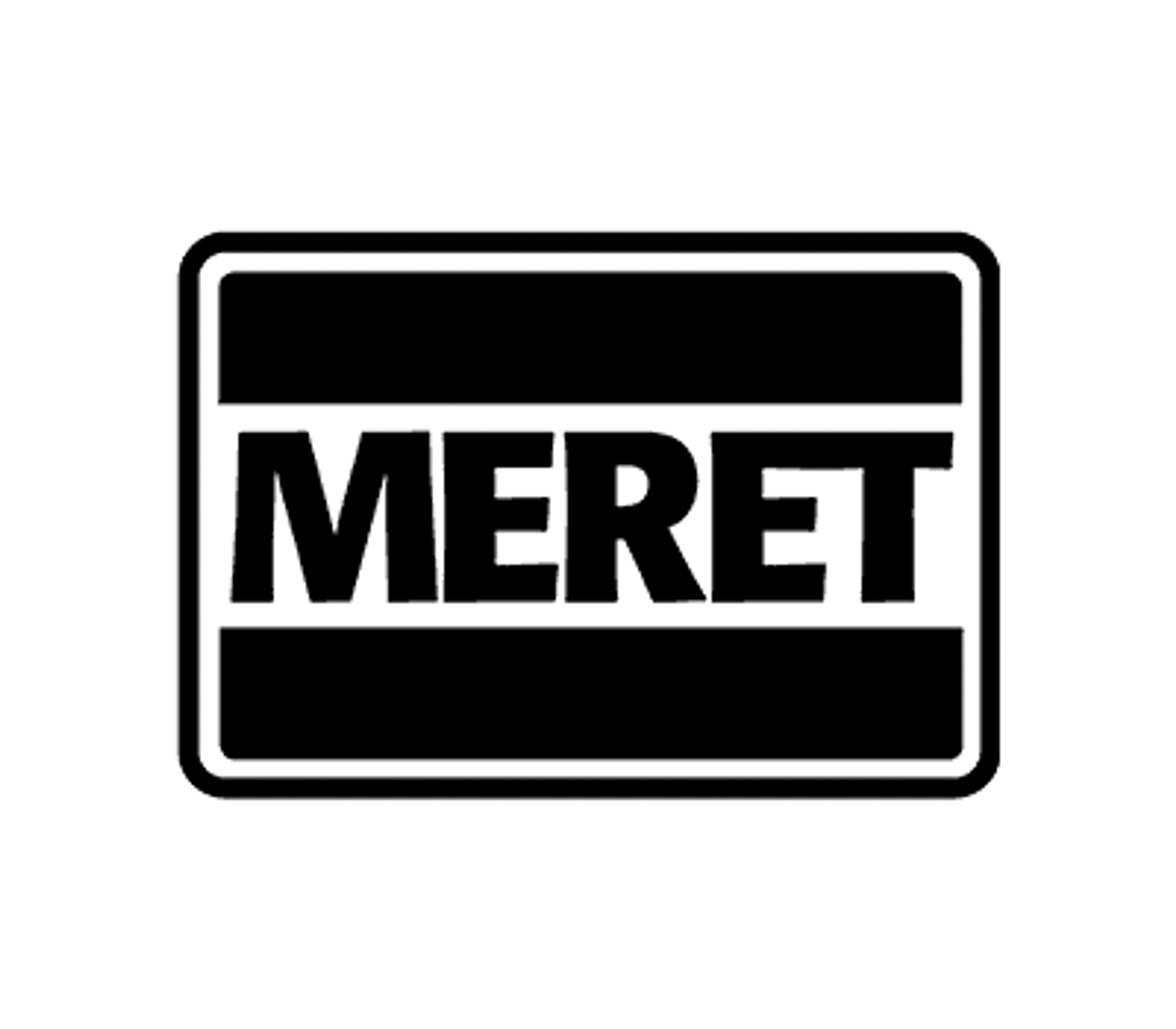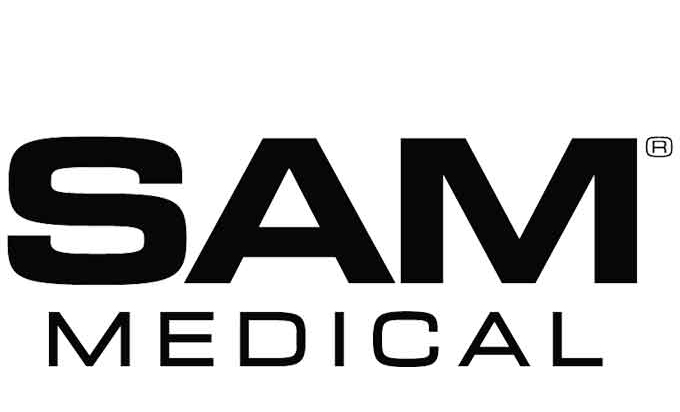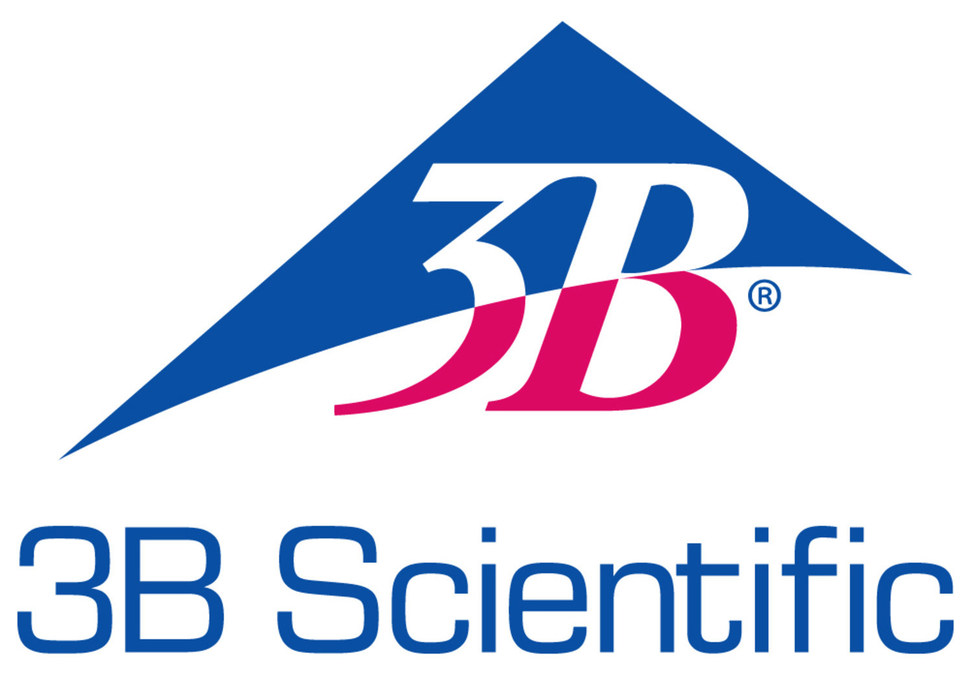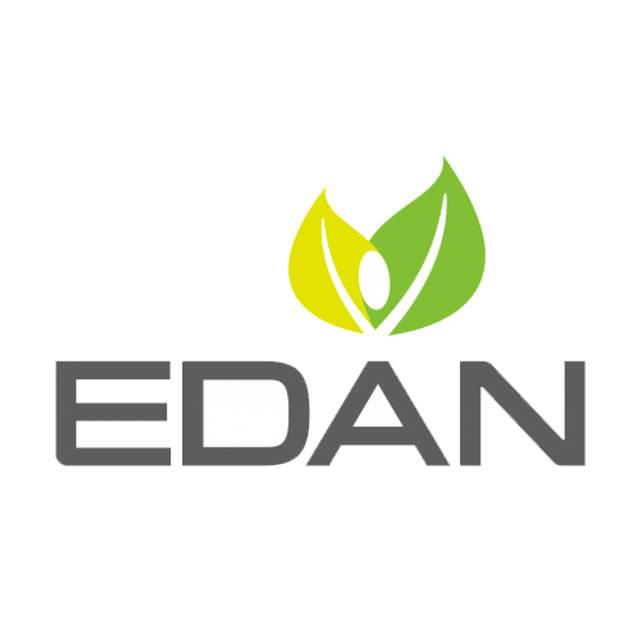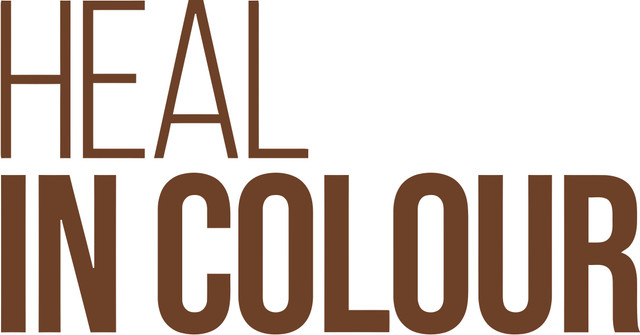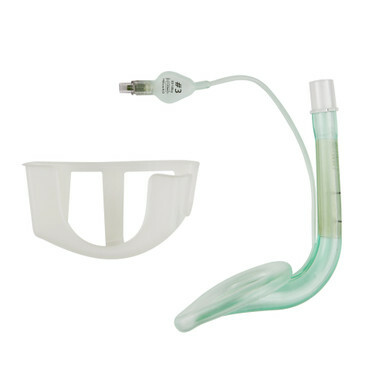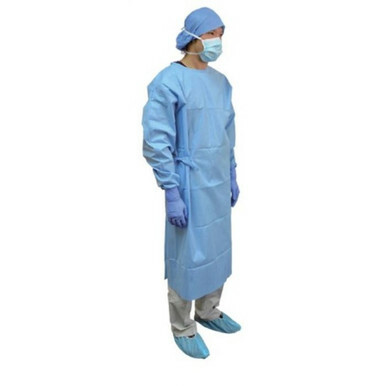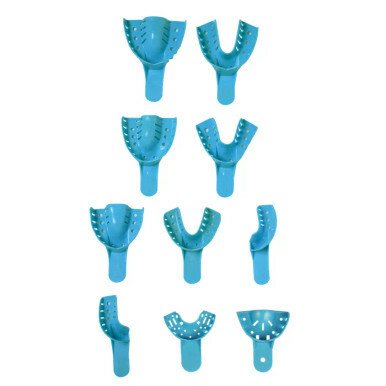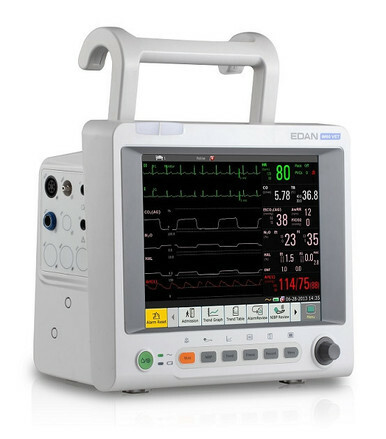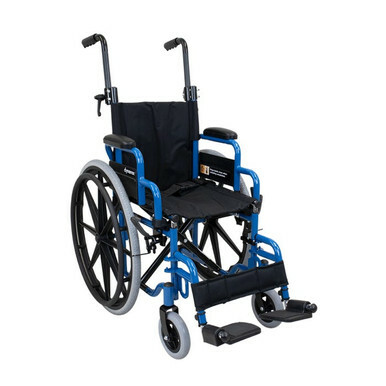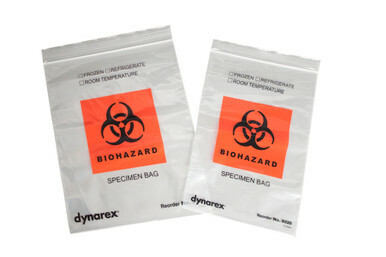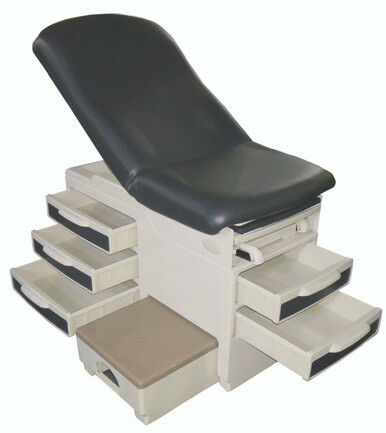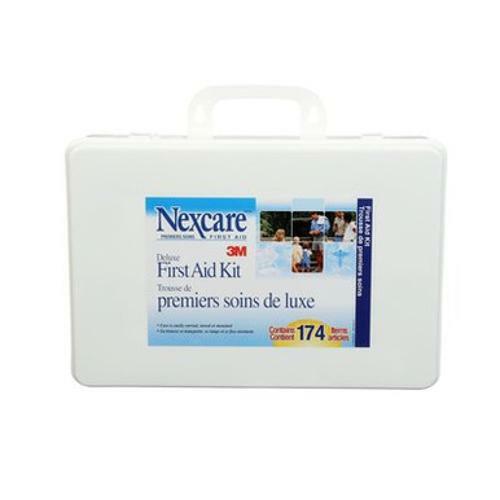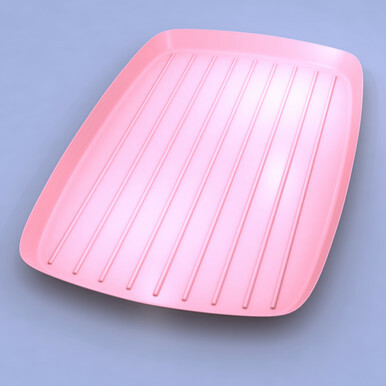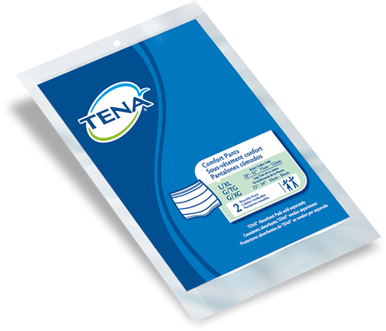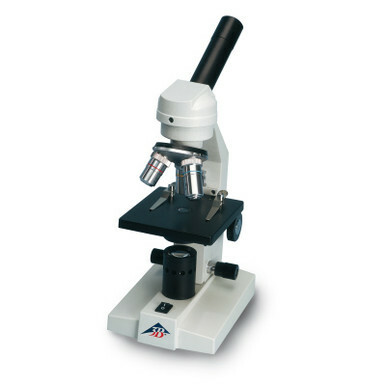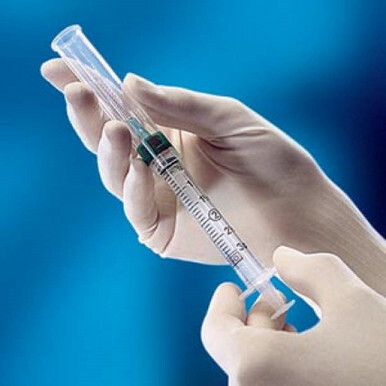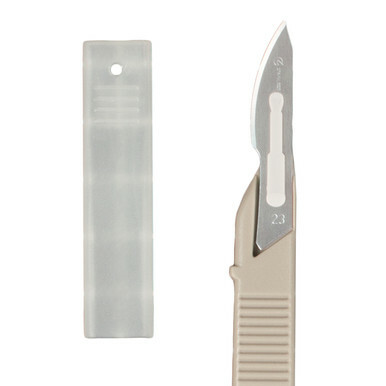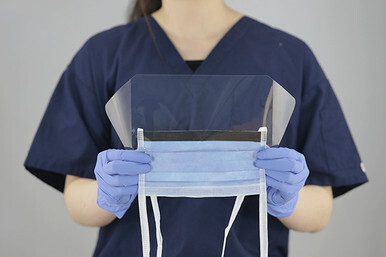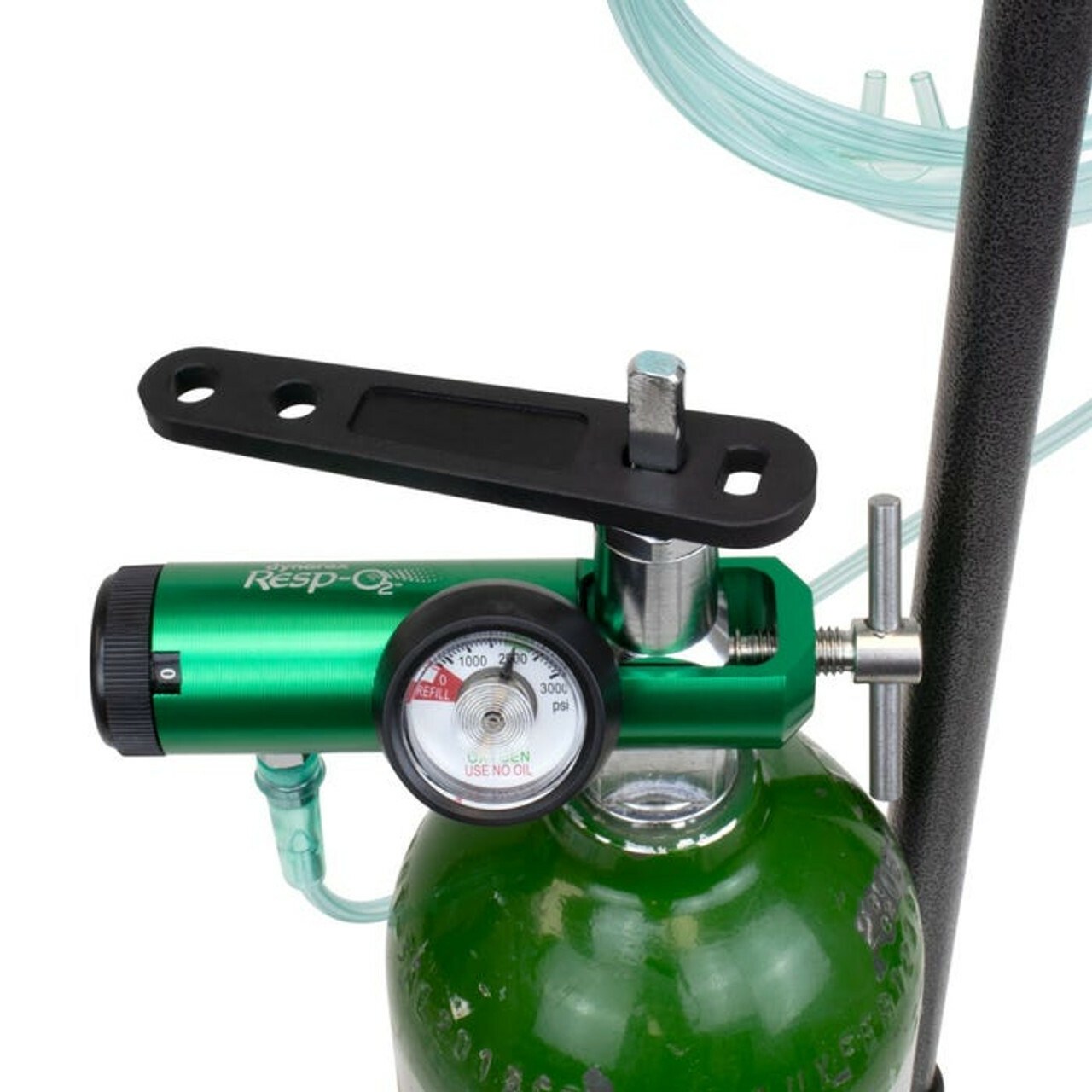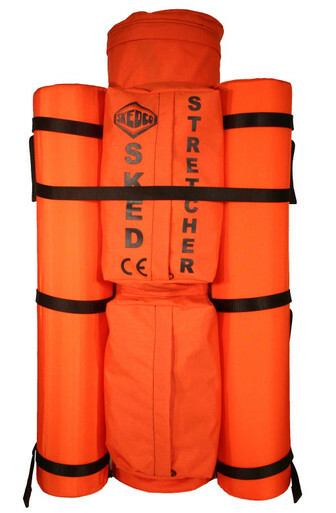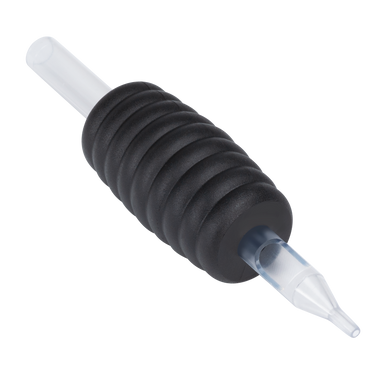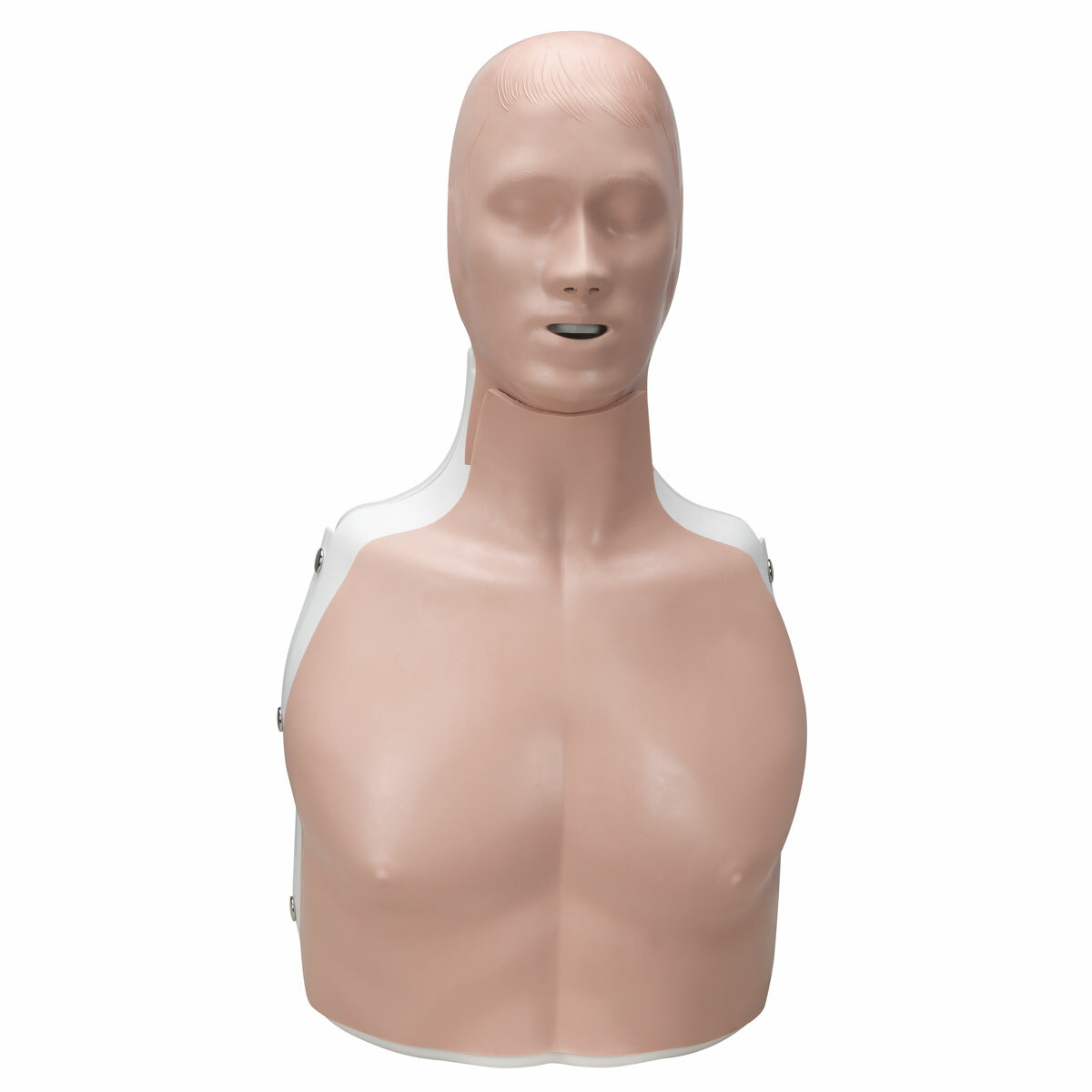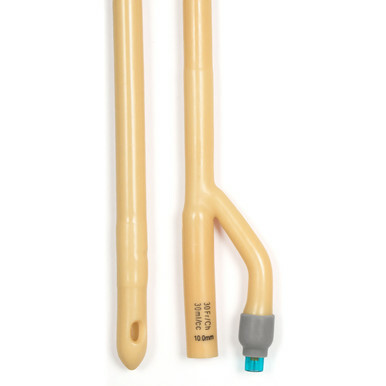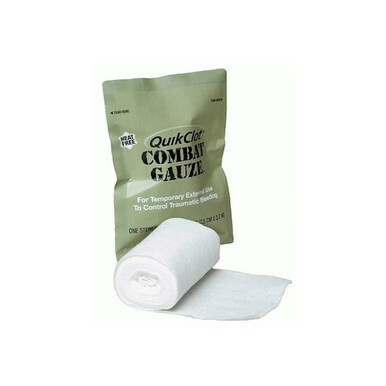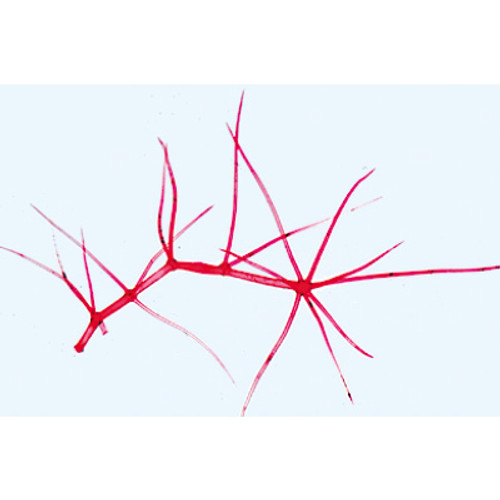1(d). Streptococcus lactis, milk souring bacteria 2(d). Bacillus subtilis, hay bacillus, with spores 3(c). Nostoc, blue green alga with heterocysts 4(e). Volvox, with daughter colonies 5(d). Zygnema, vegetative and conjugation stages 6(d). Closterium, desmid 7(d). Chara, stonewort, thallus with reproductive organs 8(d). Ectocarpus, brown alga, plurilocular gametangia 9(d). Rhodomela, marine red alga, tetraspores 10(c). Plasmodiophora brassicae, club root, t.s. 11(c). Albugo candida, white rust of cruzifers, t.s. 12(c). Penicillium, blue mold, mycelium and conidiophores 13(c). Sclerotinia (Monilia), plum rot, t.s. 14(c). Boletus, pore fungus, pileus t.s. 15(d). Ustilago zeae, corn smut, pustule with spores t.s. 16(d). Puccinia graminis, wheat rust, uredinia on wheat t.s. 17(d). Puccinia graminis, aecidia and pycnidia on barberry leaf t.s. 18(d). Xanthoria, lichen, apothecium t.s. 19(d). Moss protonema w.m. 20(c). Sphagnum, peat moss, leaf w.m. 21(c). Polytrichum, moss, stem with leaves t.s. 22(e). Selaginella, strobilus with spores l.s. 23(b). Equisetum, horse tail, spores with elaters w.m. 24(c). Pteridium, braken fern, rhizome t.s. 25(d). Phyllitis, fern, leaf with sori t.s.
| Weight | 0.27 kg |
| Brand | LIEDER |
The Cryptogamae, Supplementary Set I – Slides provides an advanced collection of prepared specimens representing non-flowering plants, including algae, fungi, lichens, mosses, and ferns. Designed to complement the main Cryptogamae set, this supplementary series expands the study of lower plant groups, highlighting their structure, reproduction, and evolutionary adaptations.
Ideal for teaching botany, plant taxonomy, and biology, this set allows students to examine the anatomy of cryptogamic plants and understand their ecological roles in different environments. Each slide is professionally prepared for superior clarity, contrast, and durability, ensuring reliable use in classrooms, laboratories, and university courses.

